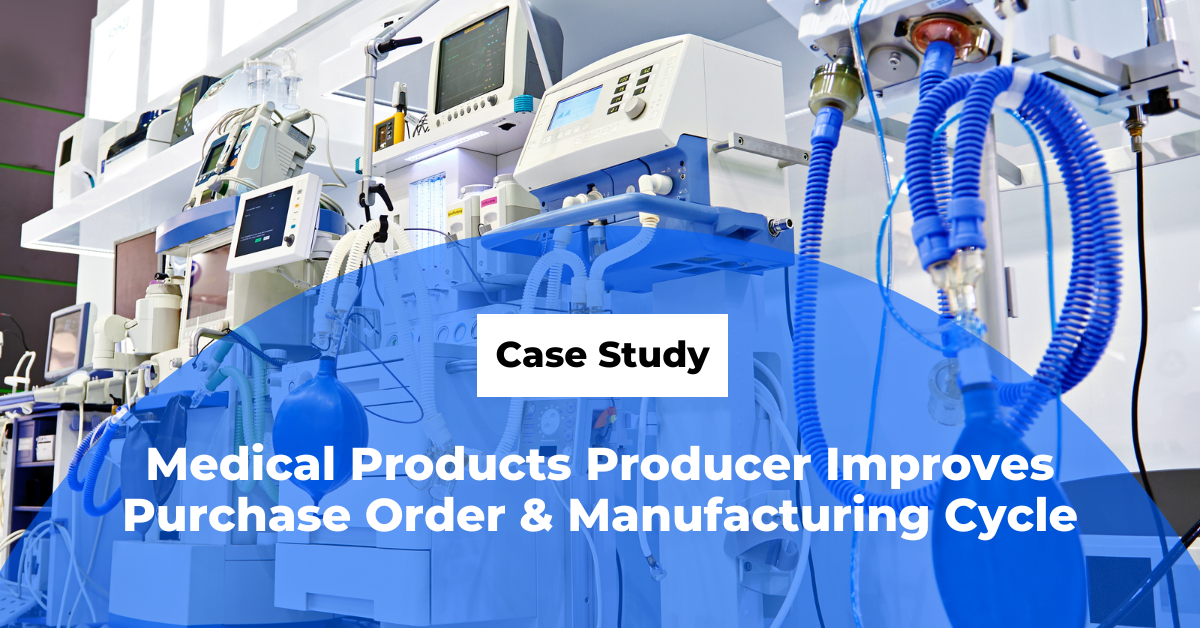
Supply Chain now
As the supply chain continues to become more complex, current methods and tools are insufficient for businesses. With unplanned fluctuations in demand experienced during the COVID-19 crisis, the demand driven supply chain is becoming a critical aspect of maintaining a sustainable and responsive flow of operations.
Increases in e-commerce demand and contact-less shopping lead to less inventory at the retailer side, adding more pressure for manufacturing companies to deliver in a very short cycle time. DigitalCommerce360 reports that COVID-19 boosted e-commerce sales an additional $174.87 billion, allowing it to reach $861.12 billion, which was not predicted to be met until 2022. In order to manage this new demand in the supply chain, responsiveness and agility are key.
What is a demand driven supply chain?
So, what is a demand driven supply chain? Imagine a network that reacts to real-time demand, rather than remaining reliant on historical patterns and stale forecasted data. The use of real-time data allows for quicker, agile, and more effective reaction times, which is critical when unexpected events occur.
Companies who have adopted demand-driven methods of planning have seen increased revenues of 20-30%, as well as the cut of logistics costs from 5-25%, based on research from SupplyChainBrain. Demand driven supply chains are focused on 3 fundamental things:
- Creating a system of faster, streamlined information sharing, based on the usage of demand signals from customer demand
- Interconnecting operations throughout the supply chain, allowing for information to move quicker and speeding responsiveness
- Automating repetitive tasks and reporting with artificial intelligence to create their own demand driven operations.
Forbes predicts that in 2021, “we’ll continue to see a greater shift to more resilient digital supply chain models as businesses focus on expanding or transforming capabilities to increase flexibility, visibility and control.” Supply chains are better able to address e-commerce driven demand changes as they shift toward a focus on better resilience.
Context based hypothesis and forecasting delivers dynamic demand and supply forecasts, in addition to automating the procurement process to maintain optimal inventory. ConverSight.ai’s contextual decision intelligence platform uses machine learning and artificial intelligence to navigate planned and unplanned demand with data captured in real-time and continuously – allowing manufacturers to accurately forecast and plan like never before.
Artificial intelligence is a foundational capability of this shift, connecting data throughout the supply chain, and creates relationships through data monitoring for personalized insights. With a more attainable implementation of AI, businesses are able to create a demand driven supply chain, allowing for better accuracy, stronger decision-making, and smoother reaction times, which ultimately reduces costs and drastically improves the function of the supply chain.


